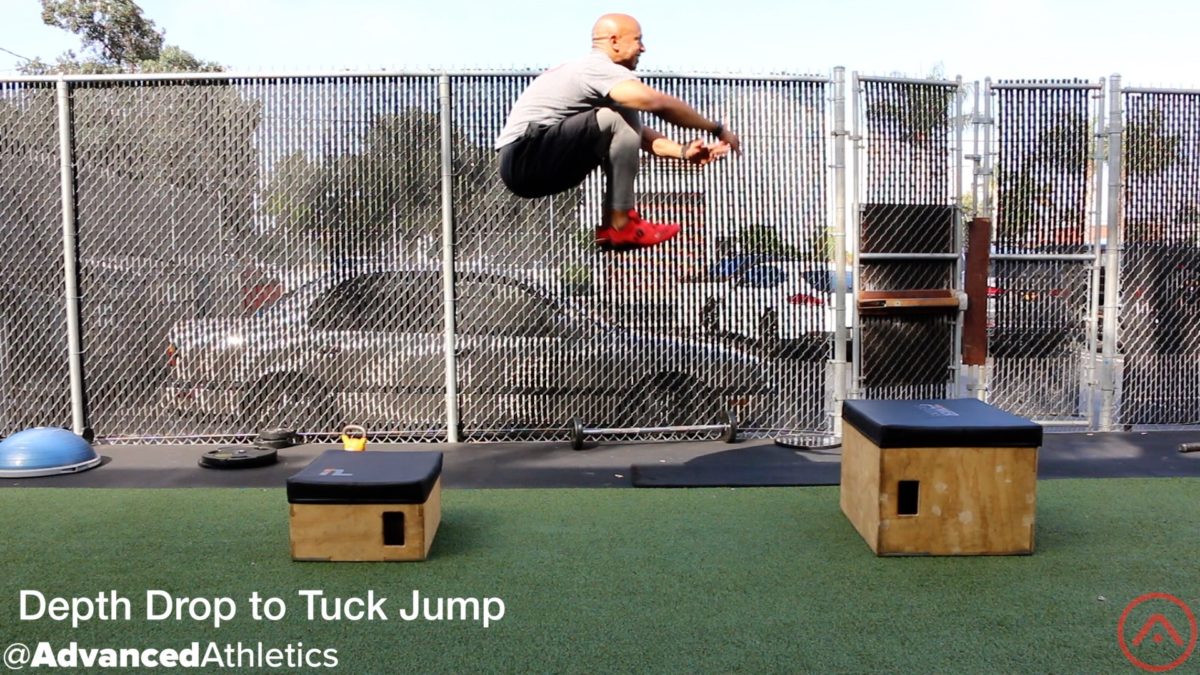So you want to improve your vertical leap, and you don’t know where to begin?
As with everything else when it comes to your athletic capability, you need to start with your foundation.
And in this case, your foundation means quality jumping mechanics.
This promotes your body’s ability to generate maximal loading forces to unload explosively.
Quality mechanics are also what will help you to reduce the risk of injury.
But this only happens when you have optimal mobility and stability at and around your joints. Your body will then be able to be in the right positions at the right times.
Otherwise, your quality of movement suffers which hampers your vertical jump. And with repetitive poor jumping form, the accumulation of stress can cause injury.
Video Capture Assessment
Use the video slow-motion setting to record yourself performing a vertical jump. And do this from the front, sides, and rear.
Then analyze your movement pattern in the loading and unloading phases of the jump. These are the movements that take place before you leave the ground.
Last and most important, observe how you land. This is critical as it’s where most jumping related injuries happen.
What You Want to See
In Loading (at your body’s lowest depth before there is lift):
- Front View
- Your knees are center to the middle of your feet.
- Your eyes should be looking straight ahead or gazing upwards.
- Your feet are neutral. So there’s no overpronation (ankle rolls too far downward and inward), or supination/underpronation (ankle rolls to the outside edge of the foot).
- Side View
- Your shoulders and knees should not be crossing the plane of your toes.
- Your spine is straight and butt is pushing back.
- Your ankle is in dorsiflexion (flexion of the foot upwards), so that you have around a 10-20 degree forward shin angle.
- Your heels should be making contact with the ground.
- Rear View
- You see that your placing an equal amount of weight on both hips and legs.
- Your ankles are neutral. So there’s no pronation or supination.
In Unloading (the last moment before you leave the ground):
- Front View
- Your knees are center to the middle of your feet.
- Your arms are extending high and at equal height.
- You’re pushing off the ball of the foot without the foot rolling outwards.
- Side View
- You have quadruple extension at the ankles, knees, hips, and shoulders.
- Rear View
- You have full extension of the body.
In landing, apply the observations in reverse. This means that as you make contact with the ground again, the same positions should be achieved back into the loading position.
For Good Measure
I recommend that you do one more recording at regular speed to note your speed of take-off and the impact of your landing. It should be explosive in leaving the ground and soft and quiet upon return.
Observe & Correct
Note any areas that are questionable. Then focus on clearing those up through targeted mobility and stability exercises. As well, practice the proper coordination of the mechanics, working up to full speed.
Some of my favorite exercises to work on jumping mechanics are:
You’ll learn how to incorporate those exercises and more in my 30-Day Get Lean Challenge.
Get yours here.
Committed to your success,
Adam

